Book Taxonomy
This is the second episode of Against Coffee Table Books, a column by bruno. Today, we’ll guide you through different taxonomic forms related to the universe of books.
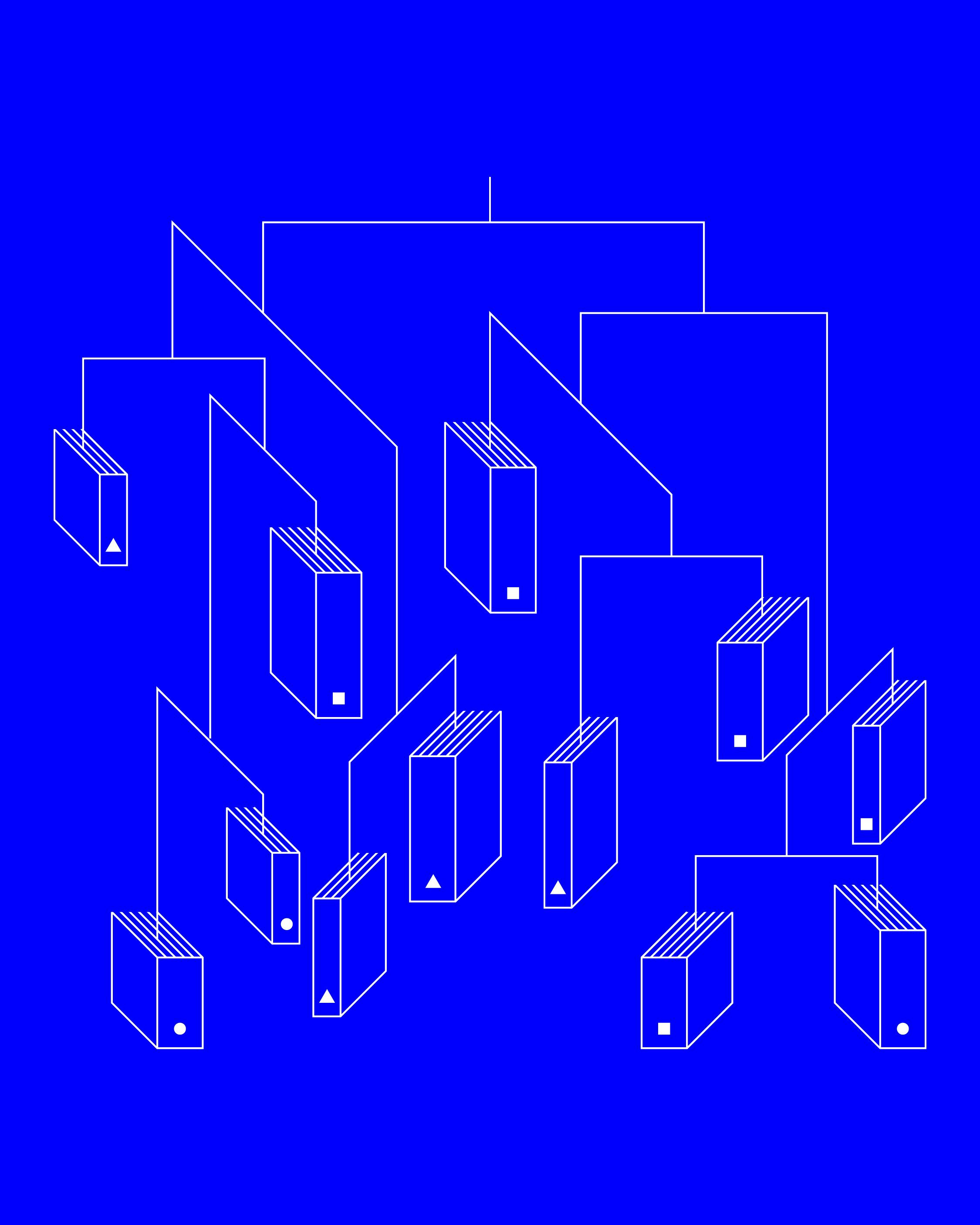
After reviewing the ‘different behaviors of libraries’ and providing guidance to help you find the one that best fulfills your needs, it’s time to discuss arranging the books in your chosen bookcase. We know this is a critical and delicate moment. If you’re sharing your books with someone else, we recommend being even more cautious to avoid disagreements. But don’t worry, that’s what we’re here for. Welcome back to Against Coffee Table Books. In this second episode, we’ll guide you through the world of book taxonomy.
By definition, taxonomy is the process of sorting elements (both living and non-living) into groups, classes, and concepts. This process involves two key activities. The first is the identification of a subject as such. Think, for example, about discovering a new animal species: the initial task is to determine whether the entity in question fits the characteristics that define it as an animal. Once it’s identified as an animal, other questions naturally arise: what other animals is it similar to? What type of animal is it? These questions point to the second process of taxonomy: classification, the placement of individual entities into orders. The complexity of these questions hints at the intricacy of the sciences dealing with these topics. In our case, however, we have an advantage. The first task, identification, is already resolved; hence, we don’t have to define what a book is — let’s set that aside for another episode — but rather understand how to organize it and classify it in relation to the other titles we own.
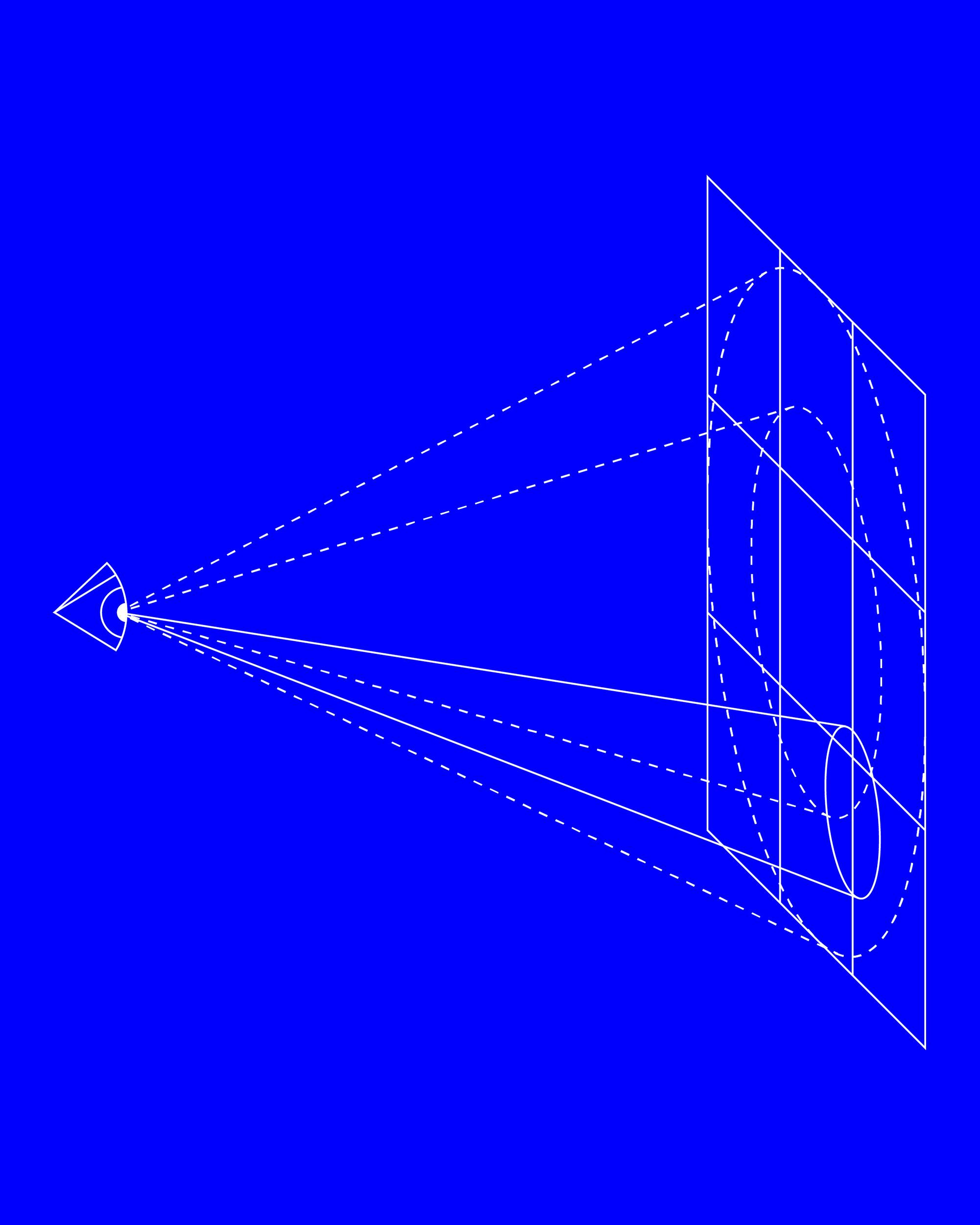
Localization.
Evolution & Localization
In book taxonomy, two equally important processes intersect, and their balance reveals the unique characteristics of different classifications. On one side, there’s the process of expanding the collection, which we can think of as its evolution. Just as it’s crucial in taxonomy to follow and understand an evolutionary line, thinking about a book arrangement in terms of evolution allows you to see it as a system that can grow while still keeping track of its changes. Allowing a new title to be added to an existing collection without the need to rethink the entire system. On the other, there’s the principle of localization, which refers to how easily a particular book can be found within a collection. The more organized and navigable the system, the quicker the localization. In the four arrangements we’ll describe, these two processes will act as indicators to help you determine which book organization works best for you.
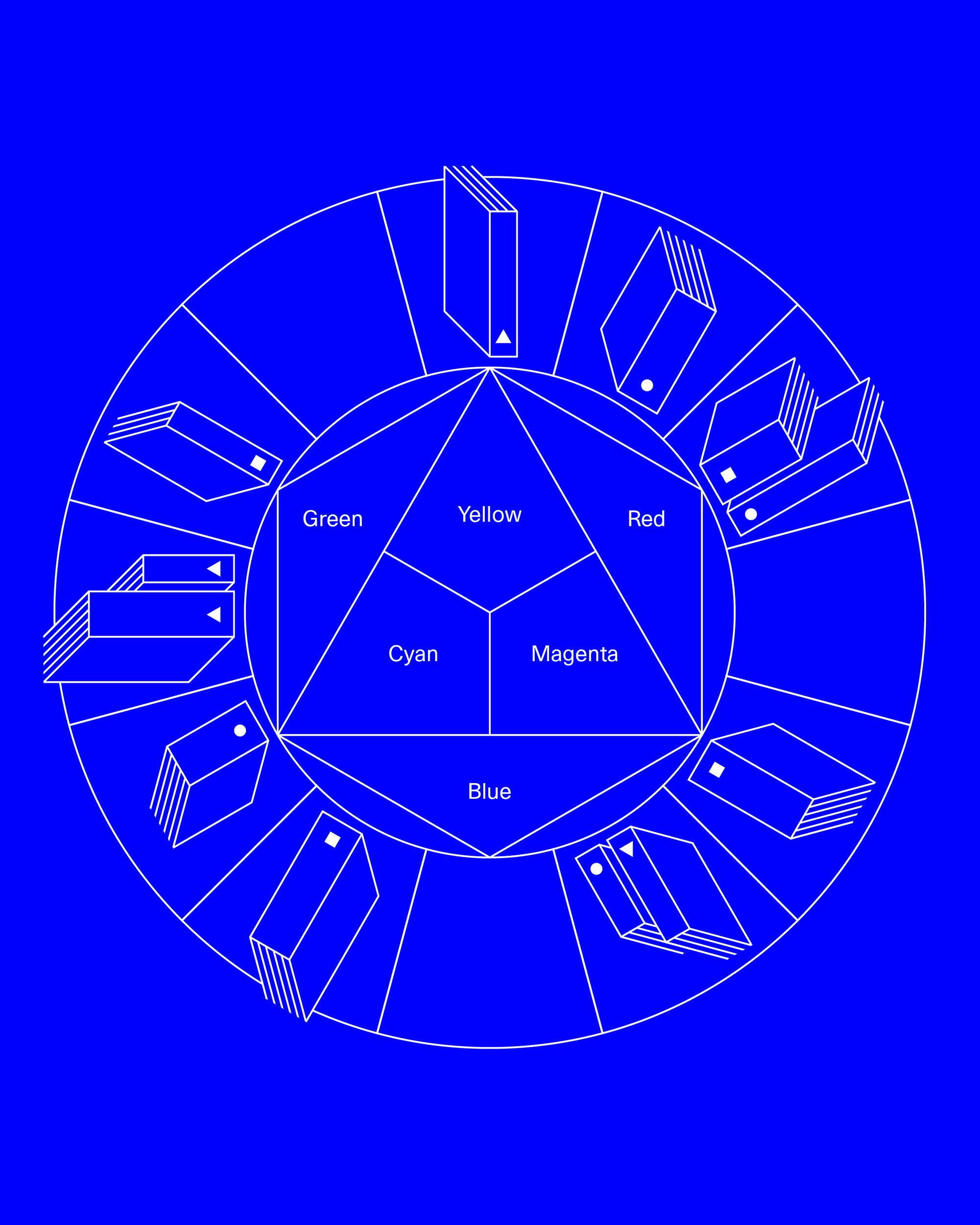
Color-based arrangement.
Color-Based Arrangement
One of the most visually satisfying solutions is undoubtedly to classify and arrange your books according to color gradients. This method immediately stands out for its ability to group together books of various formats and contents by color areas. One of the most interesting examples of this approach is the project Salon für Kunstbuch by Austrian artist and curator Bernhard Cella. Cella frequently uses books as a medium, and in Farbinventur. Color Inventory, books are organized by color, creating a painting of paper volumes. However, this example also highlights the challenges of applying such a setup to home libraries. Recalling your books based on their color can be a fun exercise to improve memory, but navigating this arrangement can be demanding. By mixing nonfiction with fiction, coffee table books with smaller formats, and cookbooks with design books, the library gradually loses its classification function in favor of its aesthetic form. Adding a new title can also become tricky. How many shades do you want to create? Are you sure those varying tones of yellow won’t start to annoy you when you see them every day? If these concerns seem like potential drawbacks, it might be best to put those yellow books back on the shelf and consider a different classification system.
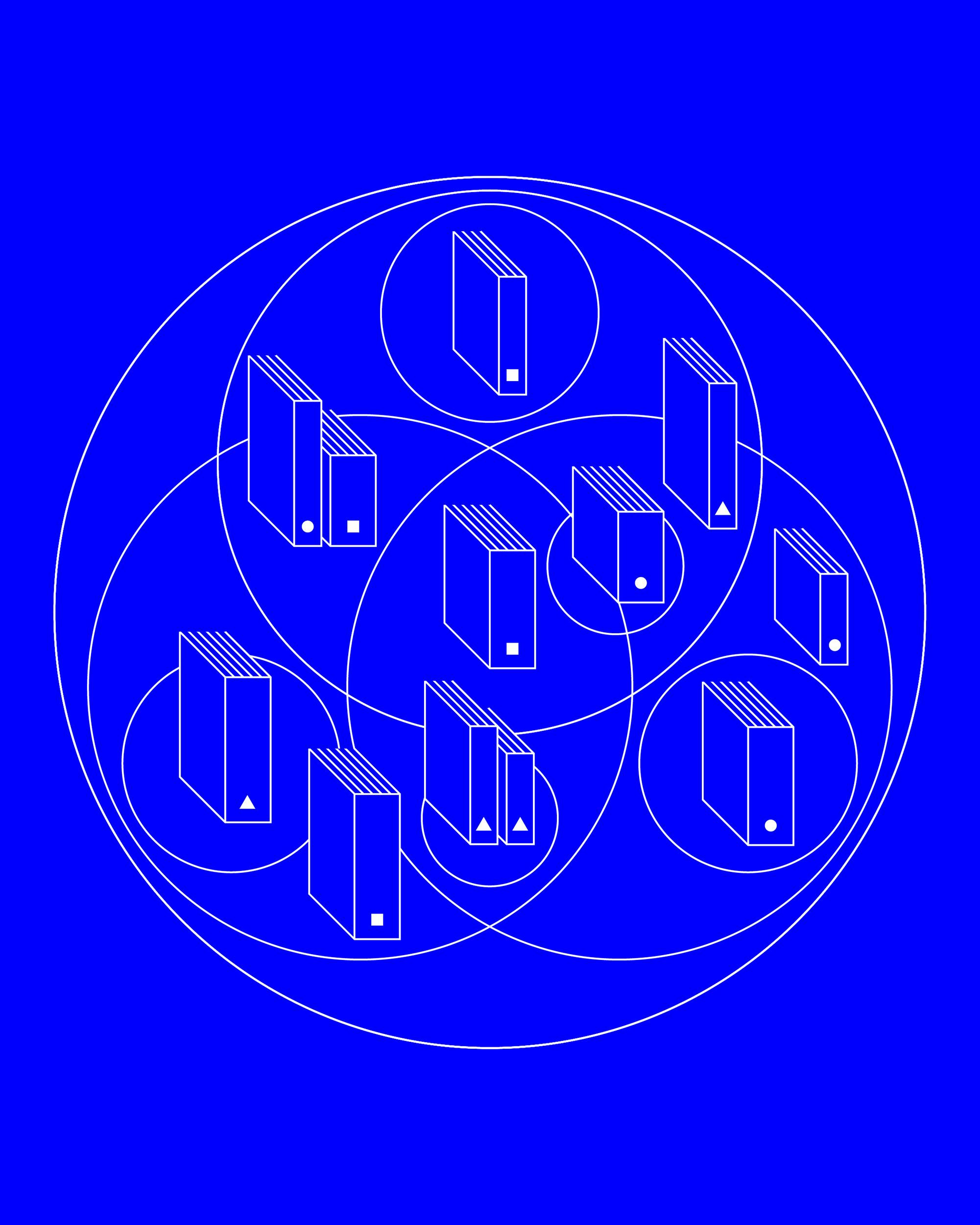
Topic-based arrangement.
Topic-Based Arrangement
In 2017, Argentine artist Marta Minujín, invited to exhibit at Documenta 14, created a monumental Parthenon of Books in the German city of Kassel. This massive structure, modeled after the Greek Parthenon, was unique not only for its monumental size but also because it was completely covered in books. Wrapped in transparent plastic and fastened to a metal frame, the texts could only be identified up close, appearing from a distance as a colorful, eclectic patchwork. Minujín, deeply committed to social issues, selected books banned by totalitarian regimes.This is a powerful example of how thematic categorization can be impactful.We’re not suggesting you build a Pantheon in your home, but we do invite you to consider organizing your books based on specific content-related themes.
Categories can be as broad or detailed as your personal interests dictate. You might use meta-categories like fiction and nonfiction and then break them down into subgenres like fantasy, historical novels, thrillers, short stories, autobiographies, and so on. Even the rooms in your house could serve as spatial genre dividers. Or, if you only have one bookshelf, the structure itself, with its shelves, can act as dividers. This classification method helps you navigate your collection quickly, as each section of your library, like a marker on a path, guides you through the spines of books to the one you’re looking for.
However, this system, too, can become tricky when adding new titles. How do you handle books that span multiple genres? Sure, you could always add a new category, but where does it end? It’s a delicate balance. If these questions don’t seem like puzzles, this might be the perfect arrangement for your library.

Publisher-based arrangement.
Publisher-Based Arrangement
There’s something truly captivating about seeing bookshelves that neatly and linearly display an entire collection from the same series or publisher. Often, these shelves will feature another series from the same publisher on the next row. Much like a color-based organization, arranging books by publisher is a visual treat. Following the natural order publishers provide, each book is placed alongside its similar counterparts. Even better if it’s a series that spans multiple volumes. Perhaps because it echoes the classification systems used in libraries, this method often feels familiar. It also allows for a more personal expression of taste. Just like content-based arrangements, dedicating an entire shelf — or even an entire bookshelf — to a single series or publisher creates a physical space that reflects the emotional connection of the collector.
You may have come across a photo that circulated some time ago on social media, showing the spines of a book series about the rise, development, and fall of the Roman Empire. Each spine featured a column, and as the volumes progressed, the column deteriorated, until it was almost entirely gone by the seventh and final book. Designed by Clarence P. Hornung for Edward Gibbon’s The Decline and Fall of the Roman Empire, this visual continuity encourages readers to create a serial connection with their bookshelves. To name a couple of notable examples, publishers like Adelphi and Penguin, are instantly recognizable by their spines, where recurring elements, such as the publisher’s logo, create visual continuity when placed together. Conversely, the magazine Mousse uses the spine as a textual space: each issue features a quote and the page number it’s from. When the issues are placed near each other they share an aesthetic resemblance and create textual references, hinting at their content directly from the spines.
These examples highlight both the advantages and challenges of this arrangement. On one hand, displaying a collection in its entirety is undeniably visually satisfying. On the other hand, this method requires completeness. Going back to the two principles we introduced earlier, evolution and localization are balanced in this arrangement. Following the natural flow of series from different publishers makes it both easy to find the book you’re looking for and to know exactly where to place it. At the same time, a new factor emerges: completeness. It’s not ideal if your books are scattered or if you don’t have full collections or series. For a publisher-based arrangement to work effectively, you need a substantial number of series to organize. It’s as though the taxonomy of books requires large sample sizes to establish and classify a new “species.”
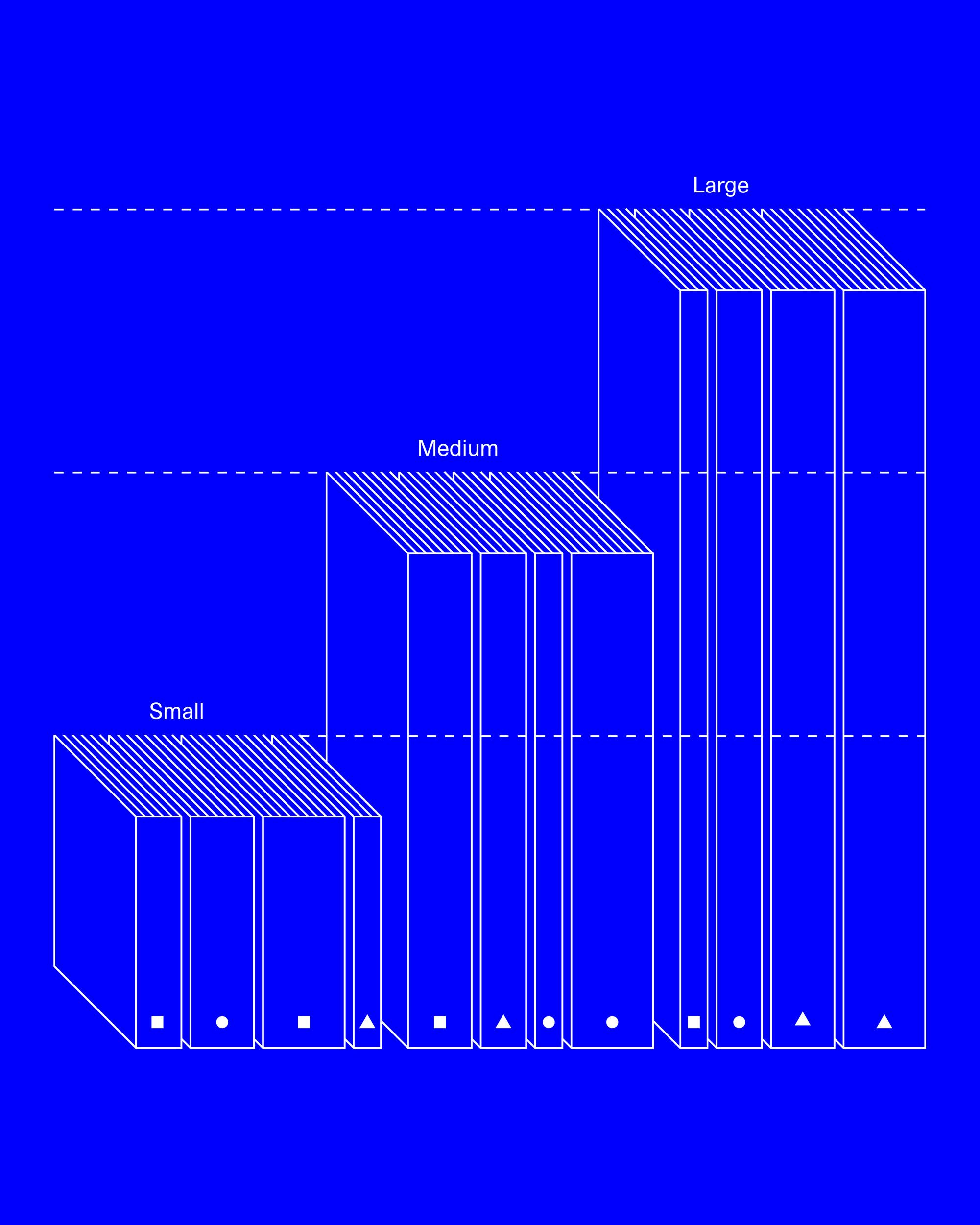
Sized-based arrangement.
Size-Based Arrangement
Another intriguing way to organize your books is by their physical format. While this may seem counterintuitive for those who view a library as a collection of books based on content, it makes more sense when considered as a design choice rooted in the book’s physicality. Many books are memorable because of their format, so arranging them by size can highlight their design. Works like Plates by artist Tom Humphreys, with its nearly 40 cm width and 30 cm length, are examples of monumental texts. When placed alongside other similarly sized books, they emphasize the editorial and graphic work that went into their production. On the opposite end of the spectrum, you’ll find small pocket-sized books like those published by ISOLARII, with essays on contemporary topics in formats barely reaching 10 cm. These tiny books are the perfect example of compact design.
Organizing by size also offers a practical solution for those who prefer to place their books in different areas of the house. Shelves and surfaces can be arranged based on the size or scale you wish to create with your collection. This arrangement makes it easy to expand your library, whether your books are grouped in one bookshelf or scattered throughout your home, forming smaller library sections. Following the format flow lets you know exactly where to put new acquisitions. However, searching for a specific book can become challenging. Genres and publishers blend together; your only search tool is your visual memory of the book’s format. This system works wonderfully for those who love experimenting with book design but might be less ideal for those who need quick and easy access to their texts.
Evolution and Localization: Library Polarities
The four models of book arrangement show how evolution and localization play a crucial role in determining which method is right for you in organizing books. By briefly reviewing the characteristics of the different arrangements, it’s easier to see how they align with these two processes. Using a “+” to mark positive values and a “-” to mark negative ones, we arrive at the following chart:
On the outside of these two poles is an area that can be defined as aesthetic for the sake of simplicity. As we saw with the color-based arrangement, evolution and localization are challenging processes in this category, which is why both are marked with a “-”. However, this taxonomy favors the eye’s pleasure, positioning it as the sense by which books are distinguished and ordered. In contrast, categorizing by series and publishers is easy to expand and navigate, making both evolution and localization positive. However, it can lack aesthetic appeal when the collection is small and risks losing its classificatory function altogether.
When combined with the previous chart, this second one should help you navigate the world of book organization. Don’t be discouraged if your first attempts aren’t satisfactory — the art of taxonomy is slow and ever-evolving.
bruno. is the pseudonym of Andrea Codolo and Giacomo Covacich since 2013. The project, which is based in Venice, combines a graphic design studio, an exhibition space and a specialist bookstore focussing on visual communication and international independent publishers. As for communication design, the studio deals in particular with visual identities, setting up exhibitions, publishing projects, information design and data visualisation in collaboration with institutions, cultural foundations and private clients. Since 2014 bruno has also become a publishing brand.